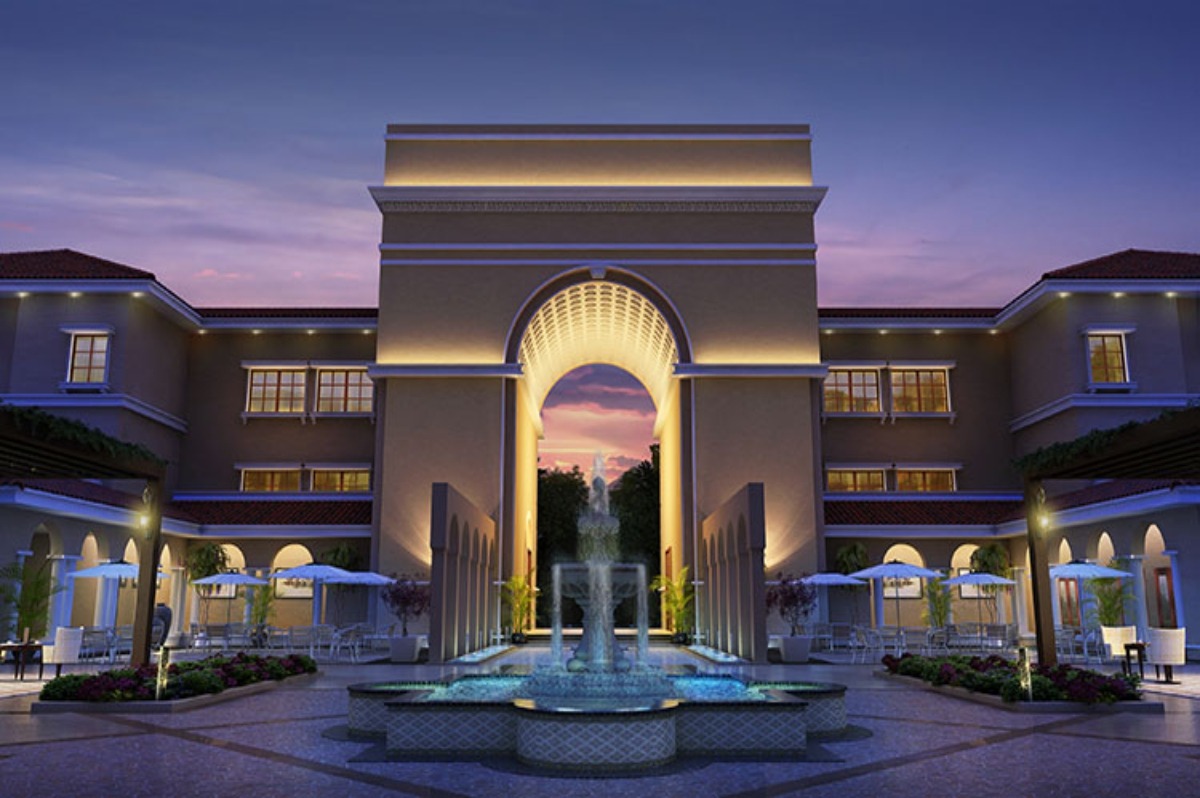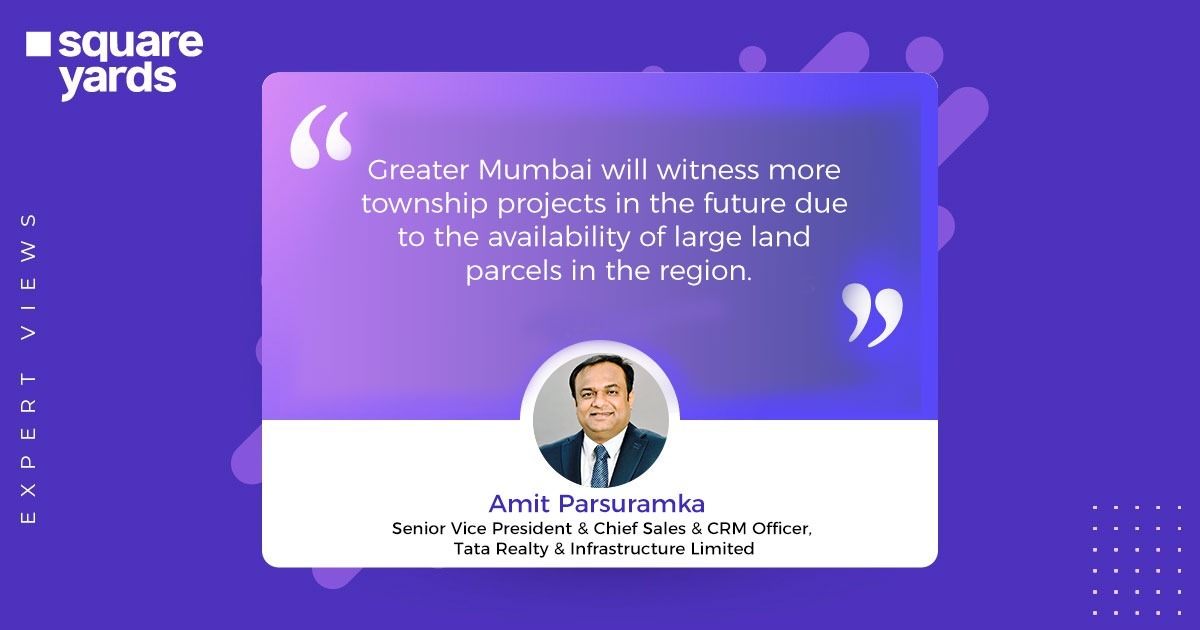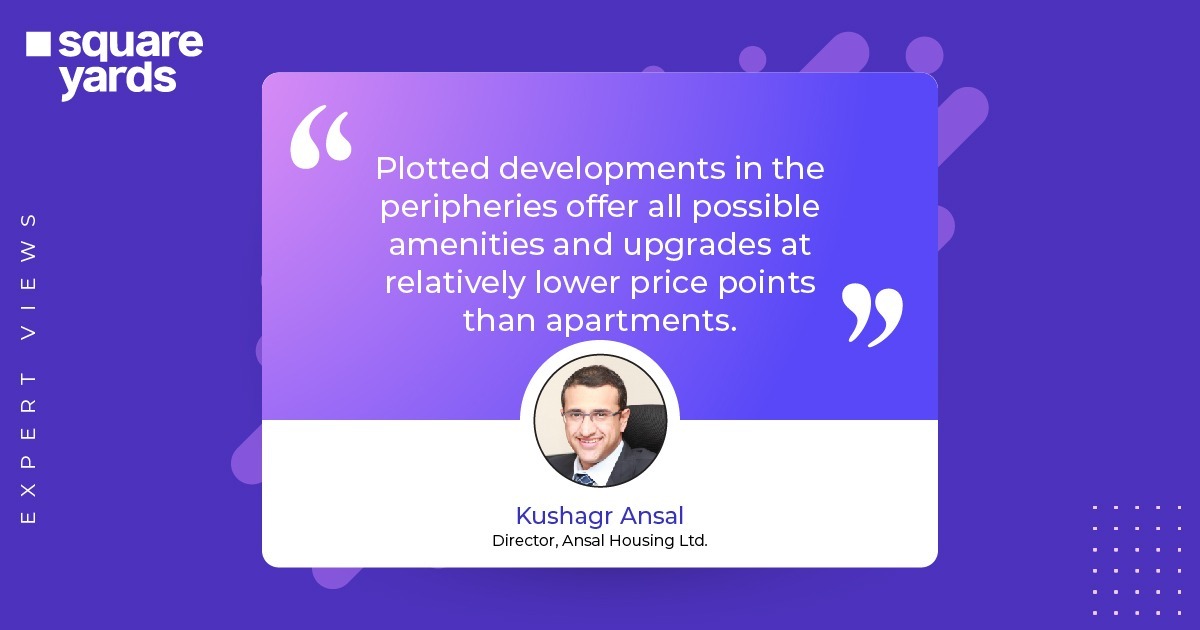Though, like any other investment, there is no rocket science involved in realty sector, there are certain parameters, which one should keep in mind before undertaking an investment decision. There are multiple parameters that needs to be scrutinized before going ahead with the final decision. Also these factors are often subject to a dynamic environment that are subject to changes.
Mentioned below are some of the key parameters that can help in investment decision.
Tier I Vs Tier II Cities
It is often a tricky question that whether one should invest in Tier I cities or should look up to other emerging Tier II cities as well.
Both have their own benefits and hence depends on the bandwidth of the investor.
Unsurprisingly it is the Tier I big cities that are focal point of most of the economic & commercial aspects of a country and hence are boastful of a robust realty sector. A powerful economy translates into higher demand for real estate thereby resulting into increased Return on Investment (ROI).
Nevertheless, in the recent time there has also been substantial surge in the significance of real estate markets of smaller cities, which on the backdrop of rise in economic activities & physical infrastructure are offering higher ROIs.
In the recent past some of the Tier 2 cities such as Ahmedabad, Lucknow & Jaipur have demonstrated aggressive performance in terms of ensuring higher ROIs for investors & hence as a result are attracting large volume of investor interest from India and abroad in big volumes. The success of such cities could be attributed to rise in new businesses, industries & commercial parks which is stimulating demand along with physical & social infrastructure. Likewise properties in Tier II cities also offer economic alternative to Tier I cities, which is further fueling investment activities.
Prime Location Vs Peripheral Location
True to their name, central locations of the cities are the key point of large of commercial & economic activities inside a city. Such places are boastful of a well-developed physical infrastructure & civic amenities in the form of top class roads, logistics, highways & power supply. Likewise they have a well-defined social & retail infrastructure in the form of popular schools, colleges, malls & restaurants etc.
However, the central locations are also very expensive and generally involve high ticket size projects, which may not be feasible for every investor.
In contrast the peripheral locations also have their own benefits. These locations on account of vast spaces are active engines of future growth of a city and attracts builder activities in big volumes. Due to their peripheral status, they involve relatively smaller budget and hence are associated with higher demands.
In the recent past most of the major Indian cities are witnessing tremendous growth across its peripheries. For instance, in Mumbai a large percentages of growth is happening across Virar, Mira Road & Ghodbunder Road etc. Likewise, in Pune, the new Frontiers of growth involve Chakan in the West and Kharadi & Magarpatta Ciy in the East. Likewise National Capital Region is growing across the Dwarka Expressway.
Satellite Cities
In the recent past India is also increasingly witness the concept of Satellite cities. Often made with a purpose of decongesting the existing cities, satellite cities such as Navi Mumbai (Mumbai), Gurgaon and Noida (New Delhi) has registered phenomenal growth in the recent past. Availability of land parcels, proximity to the main city integrated with economical prices have been driving massive growth in such cities.
Image Source: Sobha























